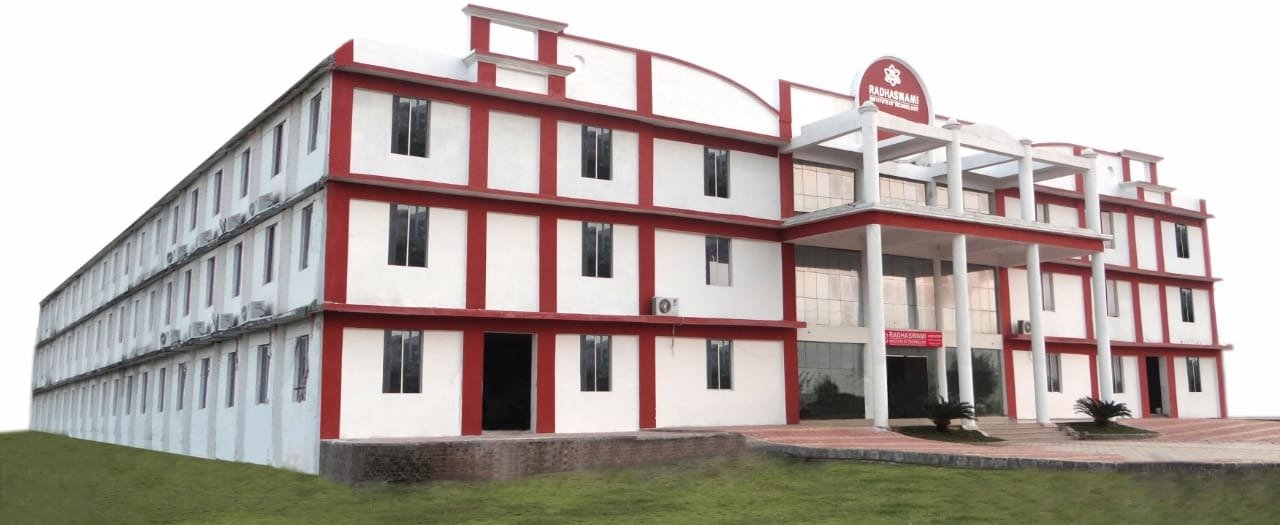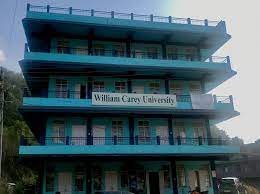Admission to the B.Des. Interior Design course is based on portfolio assessment and aptitude tests, ensuring creative talent is nurtured.
Admission process for Bachelor of Design (B.Des.) Interior Design Course
Bachelor of Design (B.Des.) in Interior Design is an undergraduate program that equips students with the knowledge and skills needed to excel in the field of interior design. This course offers a comprehensive understanding of interior spaces, aesthetics, functionality, and technical aspects. To embark on this exciting educational journey, students need to go through a structured admission process that involves several steps. we will delve into the details of the
B.Des. Interior Design admission process, including eligibility criteria, application procedure, entrance exams, and tips for successful admission.
Eligibility Criteria: B.Des. in Interior Design
Before applying for a B.Des. in Interior Design, candidates must meet certain eligibility criteria set by the respective universities or colleges offering the program. While specific requirements may vary from one institution to another, there are some common prerequisites for admission:
-
Educational Qualifications: Candidates typically need to have completed their 10+2 (or equivalent) from a recognized board or educational institution. They must have passed with a minimum aggregate score, usually ranging from 45% to 50%. Some institutions may have specific subject requirements at the 10+2 level, such as Mathematics or Fine Arts.
-
Age Limit: Most institutions do not have a specific age limit for B.Des. Interior Design admissions. However, candidates should check the age criteria specified by the particular institution they are interested in.
-
Entrance Exam: Many universities and colleges conduct entrance exams for admission to their B.Des. programs. Clearing these exams is often a mandatory requirement. Details about the entrance exam, including its format and syllabus, are typically provided by the institution.
Application Process B.Des. in Interior Design
Once candidates are confident that they meet the eligibility criteria, the next step is to complete the application process. Here's a step-by-step guide to applying for a B.Des. in Interior Design:
-
Research: Begin by researching the universities and colleges that offer B.Des. in Interior Design programs. Make a list of institutions that align with your preferences in terms of location, course structure, faculty, and reputation.
-
Select Institutions: After conducting thorough research, shortlist the institutions you want to apply to. Keep in mind that some institutions may have their entrance exams, while others might admit students based on common design entrance exams conducted at the national or state level.
-
Collect Application Forms: Visit the official websites of the shortlisted institutions to download the application forms or obtain them from their admission offices. Ensure that you have the latest and correct application forms.
-
Fill Out the Application Form: Carefully fill out the application form with accurate personal and academic details. Be sure to follow the instructions provided in the application packet or on the institution's website.
-
Attach Documents: Along with the filled application form, candidates are typically required to submit various documents, which may include:
- Mark sheets and certificates of 10+2 or equivalent examinations.
- Passport-sized photographs.
- Identity proof (usually a copy of an Aadhar card, passport, or driver's license).
- Category certificate (if applicable).
- Entrance exam scorecard (if required).
- Portfolio (discussed in more detail below).
-
Pay Application Fee: Most institutions charge an application fee, which varies from one institution to another. Ensure that you pay the fee through the specified mode mentioned in the application form.
-
Submission: Submit the completed application form along with all the required documents and the application fee before the deadline specified by the institution.
Portfolio Preparation: B.Des. in Interior Design
In addition to academic qualifications and entrance exams, many institutions also require applicants to submit a portfolio as part of the admission process for B.Des. in Interior Design. The portfolio is a collection of the candidate's creative work, including sketches, drawings, design projects, and any other relevant work that showcases their artistic and design abilities.
Here are some tips for creating an impressive portfolio:
-
Variety: Include a variety of design work to demonstrate your versatility. This can include sketches, renderings, CAD (Computer-Aided Design) drawings, and design projects from different genres.
-
Quality Over Quantity: Focus on the quality of your work rather than the quantity. Select your best and most relevant pieces to include in your portfolio.
-
Organization: Arrange your portfolio in a logical and organized manner. Use clear labels, descriptions, and captions for each piece to provide context and insight into your thought process.
-
Presentation: Invest in a professional-looking portfolio binder or digital portfolio format. The presentation of your work should be neat and well-organized.
-
Reflection: Consider including a brief statement or reflection on each piece in your portfolio. Explain your design choices, inspirations, and the problem-solving process behind each project.
-
Creativity: Showcase your creativity and originality. Admissions committees are often looking for unique and innovative design ideas.
Entrance Exams: B.Des. in Interior Design
Many institutions offering B.Des. in Interior Design programs conduct their own entrance exams to assess the aptitude and skills of candidates. However, some institutions may also admit students based on scores from common design entrance exams conducted at the national or state level. Some of the prominent design entrance exams in India include:
-
NID DAT (National Institute of Design - Design Aptitude Test): NID is one of the most prestigious design institutes in India, and clearing NID DAT can open doors to various design programs, including Interior Design.
-
UCEED (Undergraduate Common Entrance Examination for Design): UCEED is a national-level entrance exam conducted by IIT Bombay for admission to Bachelor of Design (B.Des.) programs at IITs and other participating institutions.
-
CEED (Common Entrance Examination for Design): CEED is also conducted by IIT Bombay and is accepted by some institutions for B.Des. admissions.
-
NIFT Entrance Exam: The National Institute of Fashion Technology (NIFT) conducts its own entrance exam for admission to B.Des. programs in Fashion Design and related fields.
-
Other State-Level Exams: Some states may have their own designed entrance exams for admission to state universities and colleges. Candidates interested in institutions in a specific state should check for relevant state-level exams.
Selection Process: B.Des. in Interior Design
After completing the application and entrance exam (if applicable) processes, institutions typically follow a selection process that includes the following steps:
-
Shortlisting: Institutions review the applications and shortlist candidates based on their academic records, entrance exam scores (if applicable), and portfolio submissions.
-
Written Test and/or Interview: Shortlisted candidates may be required to appear for a written test, personal interview, or both. These assessments are designed to evaluate the candidate's design aptitude, creativity, and communication skills.
-
Merit List: After the written tests and interviews, institutions compile a merit list based on the overall performance of candidates. The merit list is typically published on the institution's website.
-
Admission Offer: Candidates who make it to the merit list receive admission offers from the institution. The offer letter specifies the details of the program, fees, and the deadline for accepting the offer.
-
Acceptance and Enrollment: Candidates who receive admission offers must confirm their acceptance by paying the requisite fees within the stipulated time frame. This secures their spot in the program.
Tips for Successful Admission: B.Des. in Interior Design
Getting admission to a B.Des. in Interior Design program can be competitive, so here are some tips to enhance your chances of success:
-
Start Early: Begin your research and preparation well in advance. This includes gathering information about institutions, entrance exams, and portfolio requirements.
-
Focus on Your Portfolio: Spend time creating a compelling portfolio that showcases your creativity and design skills. Seek feedback from mentors or teachers to improve your work.
-
Practice Design Aptitude: If the institution requires an entrance exam, practice design aptitude questions, and sample papers to familiarize yourself with the exam format.
-
Stay Informed: Keep up with updates and notifications from the institutions you're applying to. Ensure you meet all application deadlines.
-
Prepare for Interviews: If interviews are part of the selection process, practice for them. Be ready to discuss your portfolio and demonstrate your passion for interior design.
-
Stay Inspired: Stay inspired by exploring different aspects of design and interior spaces. Visit exhibitions, read design magazines, and stay updated with current design trends.
 4 Years
4 Years
 Under Graduate
Under Graduate
 Fashion Design and Technology
Fashion Design and Technology
 Full Time
Full Time





















 back
back